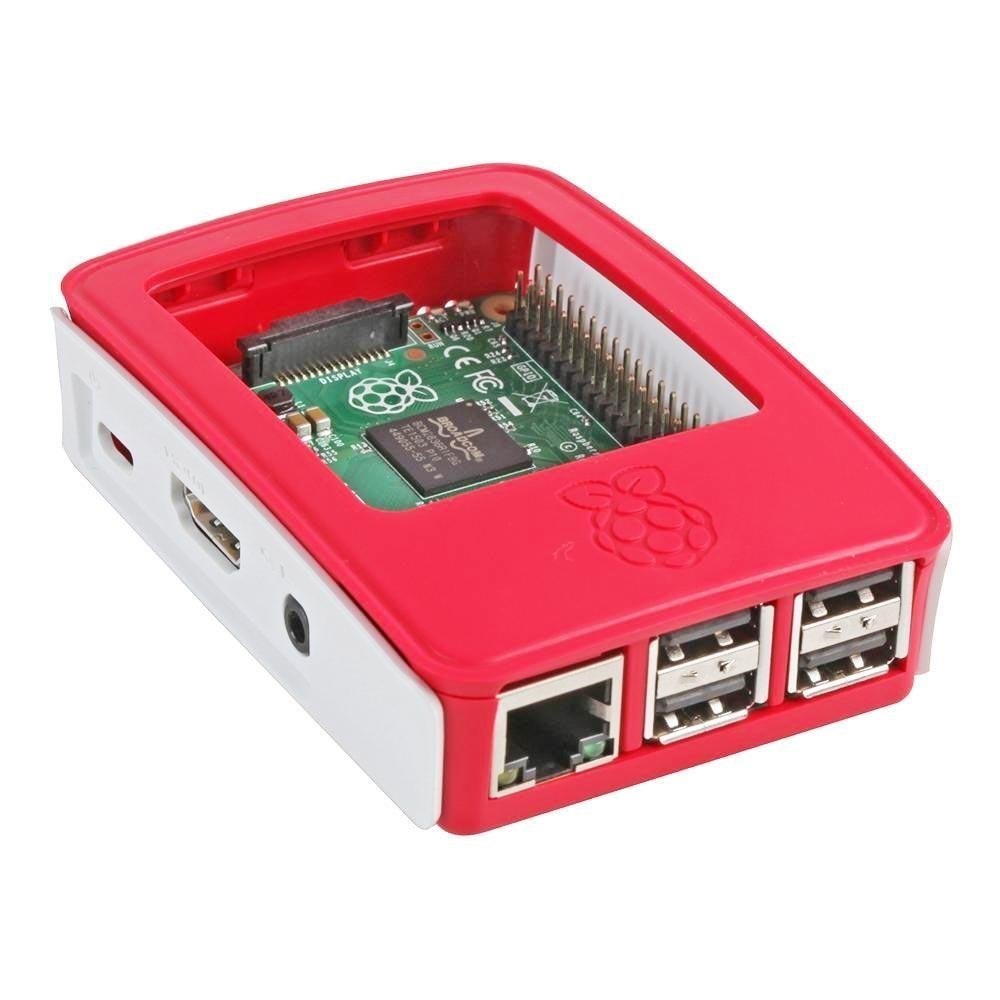Raspberry Pi
The Raspberry Pi is the most well known single board computer (computer that fits in your hand). It is used by makers and hobbyists for their projects but also by companies as the 'brains' in their computerised products. It's low cost (about $35) makes it attractive for educational purposes which is the original target audience for this computer.

With the release of the Raspberry Pi 4 model B the performance of this device in combination with specific software and drivers for the GPU in Raspberry Pi OS (previously Raspbian) has become good enough to show "light" signage content. Earlier models are less powerfull and only capable of showing static content.
Pros
- Very affordable; not only the initial price but also because of the low energy consumption.
- Relatively small and light which makes it easy to mount behind any screen.
- Using a case that allows for passive cooling enables total silent operation
- Runs Linux which means you do not need to spend additional money on software.
Cons
- You need to buy an additional
- case to protect the Raspberry Pi
- a power supply
- an SD card for the operating system
- Performance of the Raspberry Pi 4 model B is adequate for content that does not largely consist of videos and animations.
- Performance of earlier models (and non B models) is limited, especially in terms of graphics (video and animations will not run smoothly).
- it takes additional hardware to enable automatic start up of the Raspberry Pi
Conclusion
For static content like menu boards the Raspberry Pi is ideal because of its low price and minimal energy consumption. We can further recommend the Raspberry Pi 4 for "light" content, meaning content that has little video and animations. If you have more dynamic content where video and animation is an important part of your content you should opt for a more powerfull player.
If you want to use the Raspberry Pi as player it will help if you are familiar with Linux. The Raspberry Pi How to page describes how to set up a Pi as player. If you want to use a Linux distro of your choosing to run the Pi please read our Linux How to describes a few tips specifically for the Raspberry Pi.